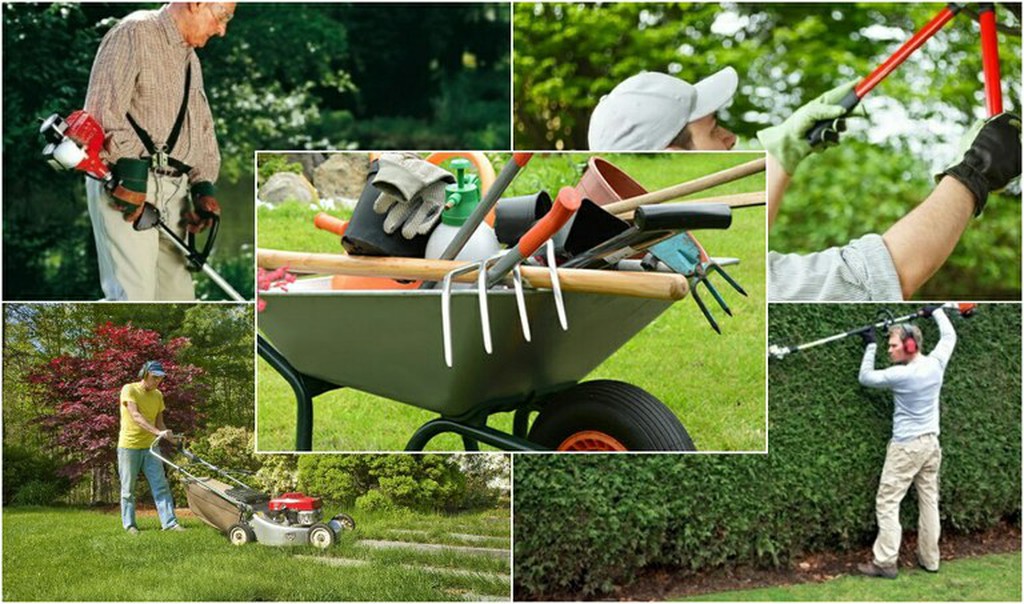Tips for Keeping Your Garden Tools in Good Condition
Posted by Mr Hardware on 2nd Jul 2024
Maintaining your garden tools in good condition not only extends their lifespan but also ensures they work efficiently and safely. Here are some practical tips for caring for your gardening tools, from cleaning and sharpening to proper storage.
1. Regular Cleaning
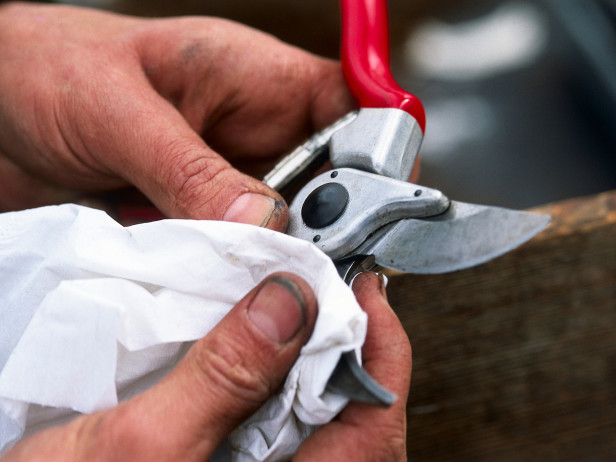
Regular cleaning is essential for keeping tools in good shape. After each use, it’s important to clean the tools to remove dirt, sap, and any residue that may have accumulated. Here are some simple steps:
- Hand Tools: Use a stiff-bristled brush to remove dirt. If there is sticky sap, use soapy water and a cloth to clean it off. Dry them thoroughly to prevent rust.
- Lawnmowers and Chainsaws: Wipe the blades and moving parts with a damp cloth. Make sure the tool is unplugged or the spark plug is disconnected before cleaning.
2. Sharpening Blades and Edges
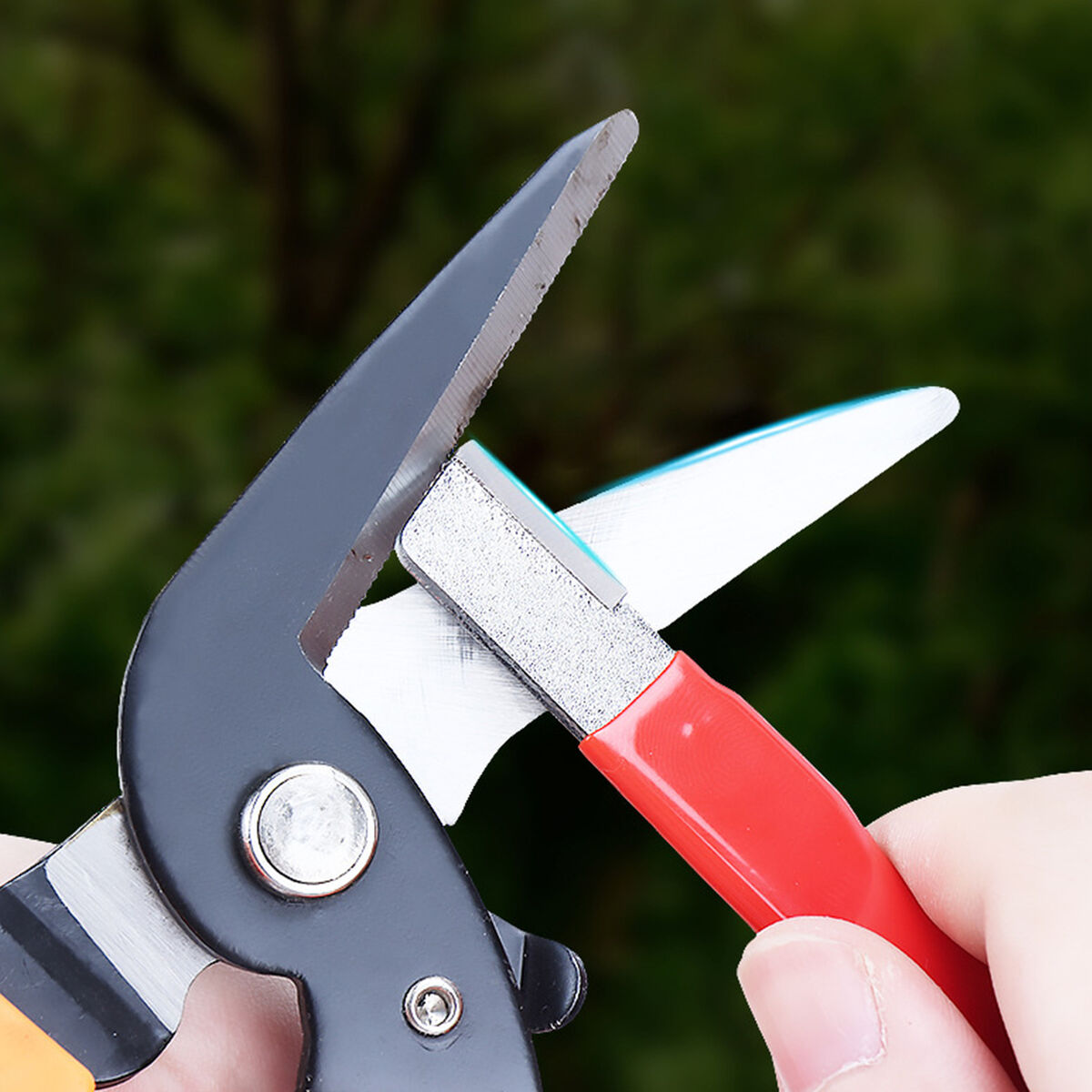
Tools with blades, such as pruners and garden shears, need regular sharpening to work properly. A sharp blade not only cuts better but is also safer to use.
- Pruners and Hand Shears: Use a file or sharpening stone to sharpen the blades. Follow the original angle of the blade and ensure you sharpen both sides evenly.
- Lawnmowers: The blades of lawnmowers should be sharpened at least once a year. If you're not comfortable doing it yourself, consider taking it to a professional.
3. Lubricating Moving Parts
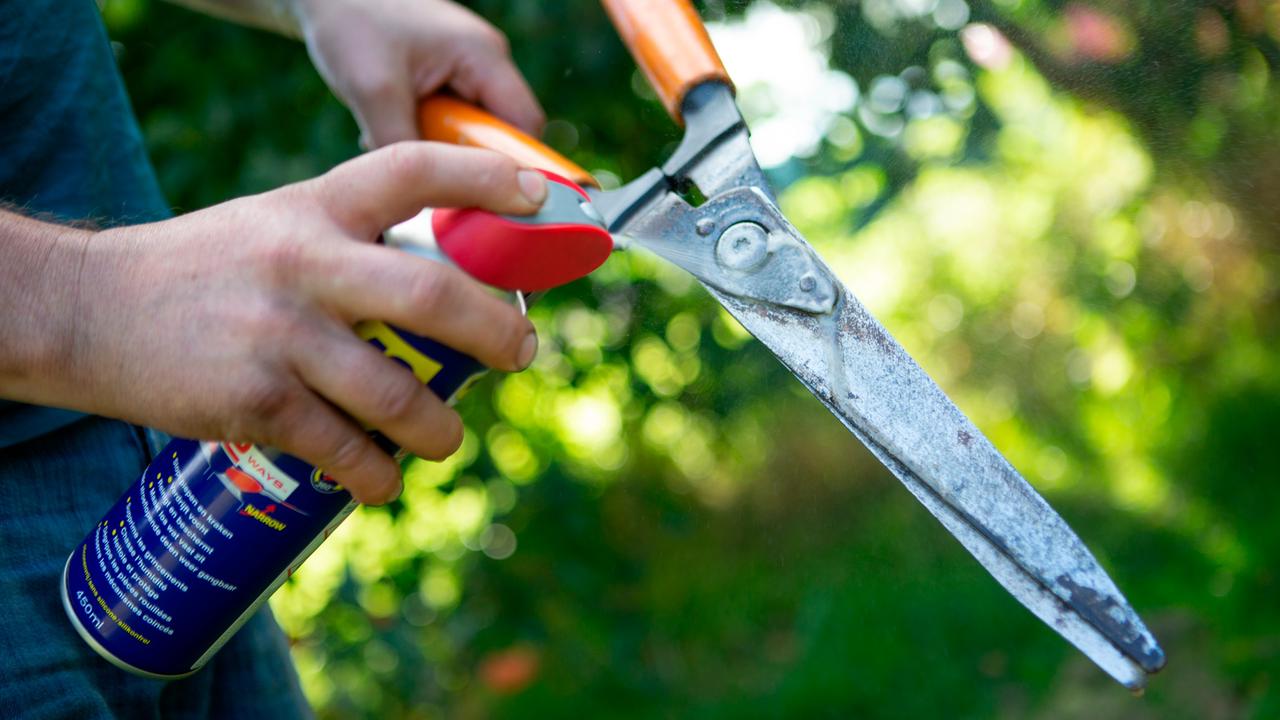
Tools with moving parts, like pruning shears and hedge trimmers, should be lubricated regularly to maintain smooth operation.
- Pruning Shears: Apply a few drops of lubricant oil to the hinges and moving parts. This will prevent rust and keep the movement smooth.
- Lawnmowers and Chainsaws: Check the user manual for specific lubrication recommendations. Ensure you use the correct type of oil.
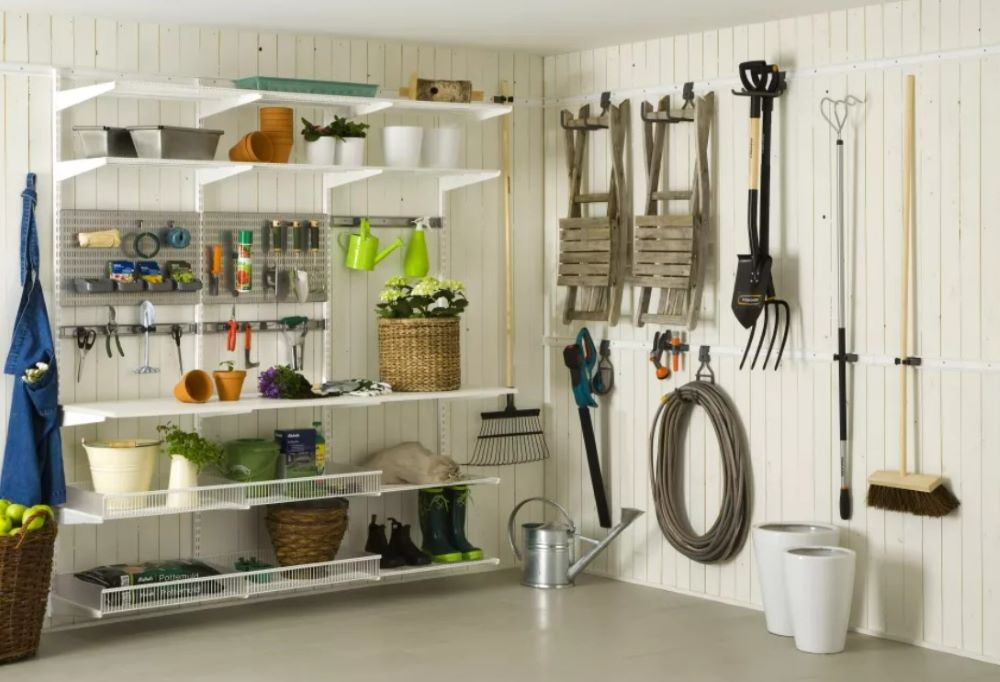
4. Proper Storage
Proper storage of garden tools is crucial for their longevity. Here are some recommendations:
- Dry and Protected Area: Store your tools in a dry, sheltered place away from the elements. A garden shed or garage is ideal.
- Racks and Shelves: Use racks and shelves to hang and organize tools. This prevents damage and makes them easily accessible.
- Protective Covers: For electric or motorized tools, consider using protective covers to keep dust and moisture away.

5. Regular Inspection
Regularly inspect your tools to identify any damage or wear. This includes checking the blades, handles, and any moving parts.
- Hand Tools: Check handles to ensure they are secure and free of cracks. Replace handles if necessary.
- Electric Tools: Inspect cables and plugs to ensure there is no damage. If you find worn or frayed cords, repair or replace them.
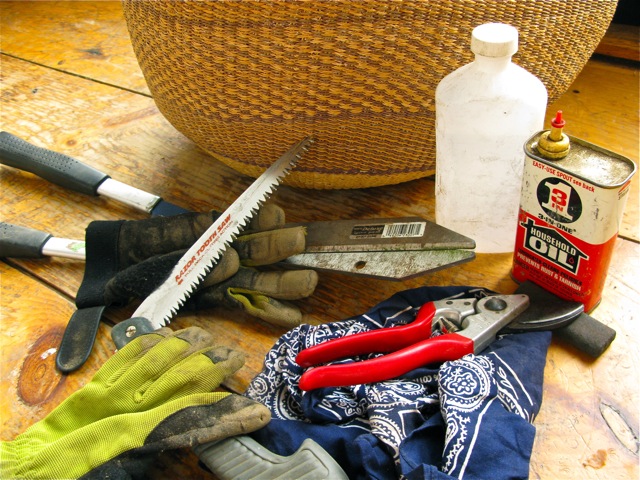
6. Replacing Worn Parts
Some parts of tools, such as blades and handles, may wear out over time and need replacement. Keep an eye on wear and replace parts as needed.
- Lawnmower Blades: Replace blades if they are too worn or damaged to be sharpened.
- Handles: Replace broken or worn handles to maintain a safe and comfortable grip.
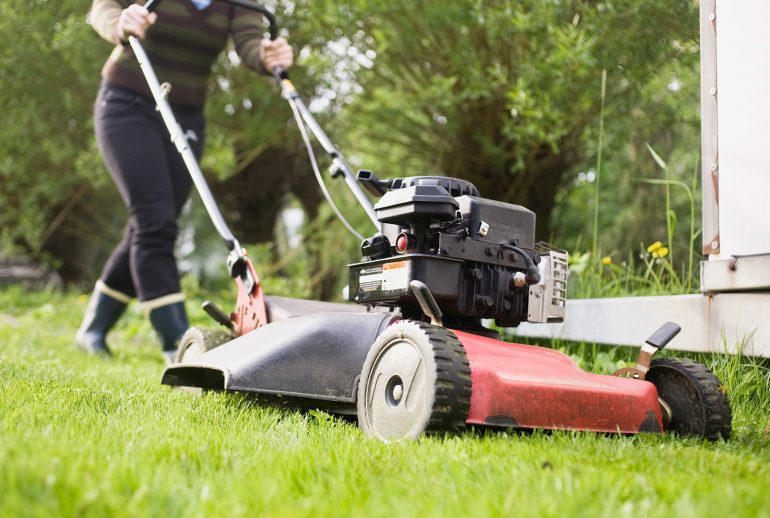
7. Winterizing Motorized Tools
For motorized tools like lawnmowers and chainsaws, it’s important to prepare them properly for winter if you won’t be using them for an extended period.
- Fuel Drainage: Empty the fuel tank or add a fuel stabilizer to prevent fuel degradation.
- Dry Storage: Store the tool in a dry place protected from extreme cold.
Proper care of your garden tools not only extends their lifespan but also ensures they are always ready to use when you need them. By following these simple tips, you can keep your tools in excellent condition and enjoy a well-maintained garden all year round.
Remember, well-maintained tools not only make gardening tasks easier but also make them safer and more efficient. Happy gardening!
